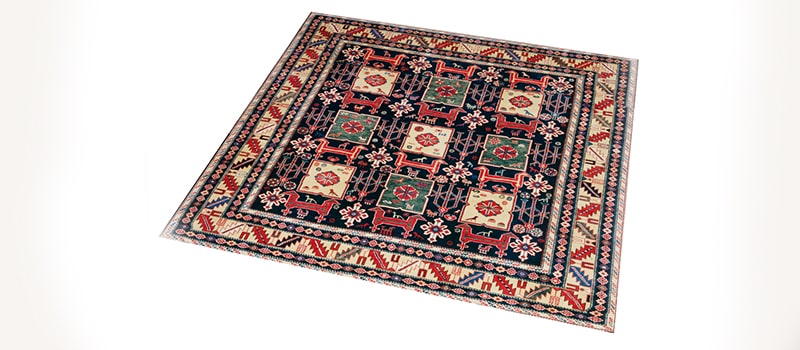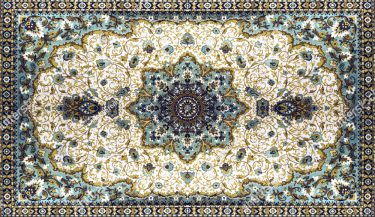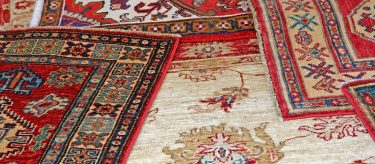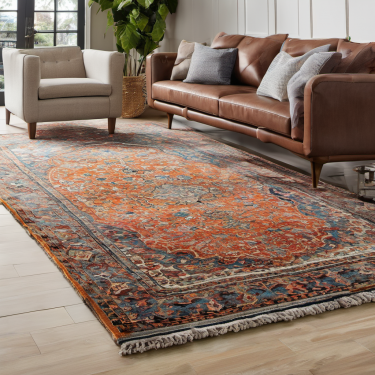Do Oriental Rug Designs Tell a Story?
Home » Green Carpet Blog » Oriental Rug Care » Do Oriental Rug Designs Tell a Story?


It is perhaps significant that the earliest known rug, found in the tomb of a Scythian noble was, in effect, an Oriental rug. Dating from about 2,400 years ago, this beautiful and detailed rug, the Pazyryk carpet, still with its vibrant colors, might be considered the jumping off point for an explosion of exquisite rugs worldwide.
The age of your Oriental rug can be a part of the story, too, with older rugs, created in isolated villages and districts, developing a style of their own. Rug experts are able to tell, simply by examining the design, where a rug originated.
REGIONAL VARIATIONS
Not surprisingly, different geographic areas developed certain design ‘traits’ that are easily recognizable.
- Turkish rugs are often identifiable not only by the bright yellows and reds used in their creation, but by the bold figures and patterns.
- Caucasian rugs use florals and animals in their designs. Dragons can also sometimes be found in these rugs.
- Indian rug makers love large flowers and leaves, and often incorporate twining vines. Many of these motifs are surrounded by a red background.
- Turkmen rugs are instantly recognizable because they are nearly all shades of red. These Oriental rugs have a longer pile than is generally found, too.
Because red symbolizes happiness and contentment, it’s not surprising that it is found so extensively in Oriental rugs
What the Figures Mean
The figures used in Oriental rugs often are telling a story of their own, and will symbolize some human quality or trait. This, of course, only adds to the tale your rug is telling you. Some of the more popular figures include:
- Dogs; protection.
- Butterflies; happiness.
- Duck; solid marriage.
- Elephant; power.
- Lily; pureness.
- Chrysanthemum; longevity.
Now you can begin to look at your Oriental rug in a new way, and try to understand the story it is trying to tell you.


Categories
Carpets
Oriental Rug



